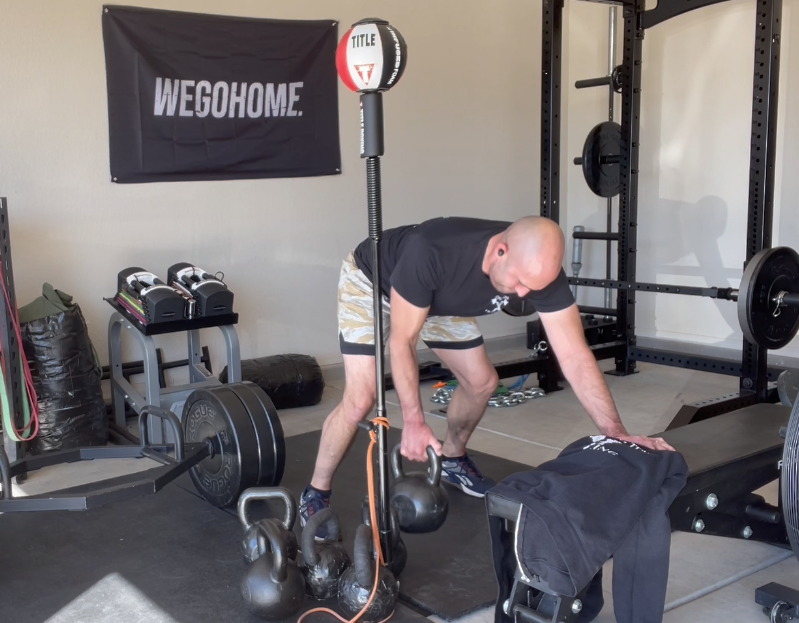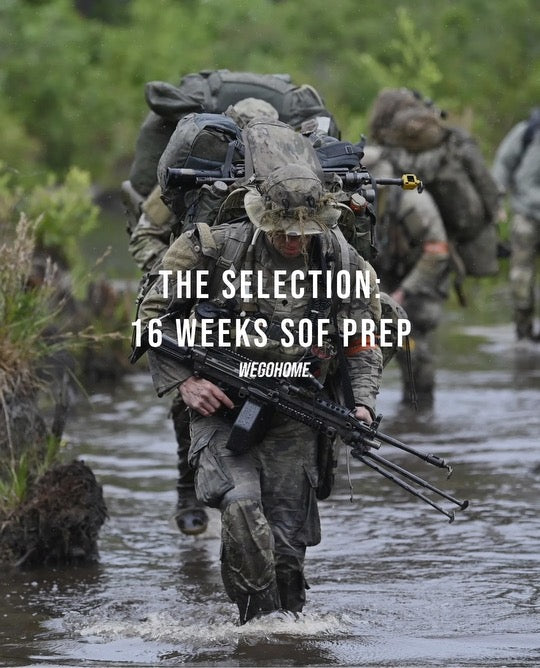Anaerobic threshold is the point at which our body goes from using primarily the aerobic system for energy to using our anaerobic (or lactic) system. This is important for first responder/tactical populations because the longer we use our aerobic system, the longer we can go. If we go anaerobic too fast...or rely on training methods that enhance mainly the anaerobic system..you will inevitably hit a point of no return and gas out during activity.
Key Takeaway: The anaerobic system is more powerful than the aerobic system, but has a more finite energy source. It is important to train this system, but the aerobic system is the foundation that allows one to go longer and recover between intense bouts. Once we develop an aerobic base, like in our foundational plan, the next step should be raising our anaerobic threshold.
Think of two MMA fighters in the early 2000s who were so exhausted they’re barely connecting with each other…I do not believe it is a coincidence this was also the era where everyone thought tabata intervals were the only way to train and aerobic training made you a weak marathon runner. People were skipping the base building, and also forgetting about threshold training.
This article is not about getting too deep into science. What I want to focus on is application, and ensuring that you understand this doesn’t mean you just have to run or bike to train this facet of your conditioning.
All too often strength coaches and trainees will try to place exercises and activities into neat categories where certain implements are only used for certain things. Weights are for strength training while running is for conditioning. As someone with a total hip replacement, high volume running isn’t an option for me anymore. Let me provide another way that I think is quite practical not only for people like me who have joined the bionic world, but also for first responders and tactical populations who still have all the joints they were born with.
Complexes While Wearing Load
Moderately loaded complexes while paying attention to your heart rate I have found to be an effective method to train various physical capacities. Here we're going to use it to target our anaerobic threshold. As your fitness improves wearing load combined with other implements can take this to another level. Below is an example of how this can look and what the We Go Home Team is going to use towards the end of our next 12 week block:
I am wearing a 30 pound vest which could simulate body armor or a light kit. I work through several movements that will have some impact on local muscular endurance as well as on peripheral conditioning. Depending on the rep scheme, volume, and density sessions like this can have some muscle benefits. This is a little bit of everything, however our focus is conditioning. Take note of my heart rate through this circuit/complex:


In this session I did a long warm up as I recently got knee surgery (thank you hip that needed to be replaced for years and the downstream problems you caused). Once I began this complex I kept moving for the majority of the time. The deadlifts, rows, and push ups were all 5 reps while the marches, step ups, and sled work were done for 30-40 second intervals. This allowed for high quality, low impact, safe movements that typically don’t have a high injury rate (unlike distance running).
What was the key to make this an anaerobic threshold session? Keeping my heart rate around threshold. Although this was on the lower of the zone, it still was challenging. After the session it took about a minute to come back down into heart rate recovery:

I can’t explain why, but the added load of the weight vest and the other movements just made this seem much harder for my heart rate only being around 160 bpm. This for me is usually on the lower end of threshold. This session was also about 2 months post knee surgery, so it is possible I still need more time to build back.
Remember, these heart rate ranges are just that: ranges. Without a lab it is hard to know exactly what your threshold is. Typically if you’re moving at a hard but sustainable pace, and you can talk in broken sentences, you’re probably in the ball park. Combine this with feedback from a heart monitor and you should be fine. It is also position specific so if you’re standing/running you will have one range as opposed to seated on a rower or bike. Improvement is usually is in the form of getting more work done in shorter periods of time, as well feeling like the intervals were subjectively easier than previous sessions.
Now...can you run and train this? Of course. In fact if you want to get better at distance running you should. However if you’re like me and shouldn’t do high volume running due to surgery/injury history, I just provided you an option to still get after high end aerobic training...not to mention I’d argue for professions that require you to wear load this can be seen as more “sport specific.”
If you are a bit older and have some city miles on you...don’t let wear and tear slow you down. Find ways to train...don't make excuses for why you can’t.
Please check out our various plans and daily programming. We use several methods and our experience to support your performance in professions where you’re often asked to do the impossible.
We train at We Go Home. We don’t just get you tired.



